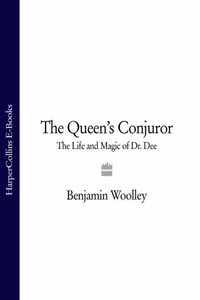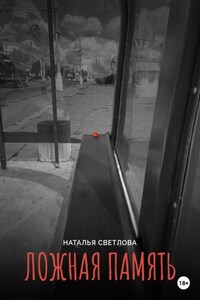ON THE MORNING of 20 September 1565, the sixty-year-old carpenter Nicolas le Challeux awoke to the sound of rain pelting down on the palm-leaf thatch overhead. It had not stopped for days, and a muddy morass awaited him outside.
When he had arrived in Florida the previous month, a sunnier prospect had beckoned. He had left the terrors of his native France far behind, and come to a place where he could practise his craft and religion in peace. Its very name suggested renewal, the Spanish explorer Juan Ponce de León calling it Florida after the season in which he first sighted its shores: Easter Week, or Pascua Florida, âthe feast of flowersâ.
Florida could furnish all that a man could wish on earth, Challeux had been told. It had received a particular favour from heaven, suffering neither the snow nor raw frost of the North, nor the drying, burning heat of the South. The soil was so fertile, the forest so full of wild animals, the honest and gentle natives could live off the land without having to cultivate it. There were even reports of unicorns, and of veins of gold in a great mountain range to the north called the âAppalatcyâ. It was âimpossible that a man could not find there great pleasure and delight,â Challeux was assured.>1
The contrast with the state of his homeland was stark. Europe was in turmoil. To the south, the Catholic Spanish and Holy Roman empires, offshoots of a single dynasty, domineered. In the north, Queen Elizabeth reigned over Europeâs upstart Protestant monarchy England, while her subjects egged on their co-religionists in the Low Countries (modern Netherlands and Belgium), who were fighting for independence from their Spanish overlords. To the east stretched the Islamic Ottoman Empire, Suleiman the Magnificent resting an elbow upon the Balkans, a heel upon Basra. And in the middle lay France, a Catholic country penetrated by a powerful Protestant or âHuguenotâ minority. Exposed to so many religious and political tensions, it threatened to disintegrate, and in 1562, a series of civil wars erupted across the kingdom that were so brutal, they gave the word massacre, French for a butcherâs block, its modern meaning.
It was from the midst of this maelstrom that Gaspard de Coligny, leader of the Huguenots, had dispatched a fleet under the command of his kinsman René de Laudonnière to found a Protestant refuge in Florida. To the eyes of Colignyâs Catholic enemies, this was a provocative move. Though its coastline was still only hazily charted, and some even doubted it was a single land mass, all of North America was claimed by the Spanish under a famous âbullâ or edict issued by Pope Alexander VI shortly after Christopher Columbusâs historic expedition of 1492. This had donated all the âremote and unknown mainlands and islandsâ in the Atlantic to the Iberian kingdoms of Spain and Portugal, so they could bring the native populations âto the worship of our Redeemer and profession of the Catholic faithâ. By sending his men to Florida, which was within convenient reach of Spanish possessions in Cuba and Mexico, Coligny was clearly challenging not only the Spanish claim, but the religious authority underpinning it.>2
However, Colignyâs exiles had found Florida untouched by the Spanish, and settled themselves on the banks of the River of May (now called St Johnâs River, near modern Jacksonville), on a âpleasant open space covered with various kinds of grasses and plantsâ. They called their new home Fort Caroline, after Franceâs Catholic King Charles IX, in the hope of forestalling reprisals. Old Challeux had arrived the following year with another consignment of refugees, on a supply ship captained by Jean Ribault, a prominent Huguenot, as well as one of Franceâs most accomplished seamen.>3
Conditions for the newcomers turned out to be less Elysian than advertised. The hundred or so settlers who had been there a year had run out of supplies, and were living off wild fruits, berries, the occasional crocodile, and goods stolen from the local Indians. There were also reports that the Spanish had been tipped off about Colignyâs project, and had sent a fleet which was even now roving the coast.
Over the coming weeks, Challeux joined a team of workmen who, under the direction of John de Hais, master carpenter, tried to reinforce La Carolineâs fragile palisade. The state of the fortâs defences was pitiful. The triangular layout was breached in two places, along the western side, and the long southerly wall facing the river, where the foundations for a âgrangeâ to store the settlementâs artillery and munitions lay partially built.










